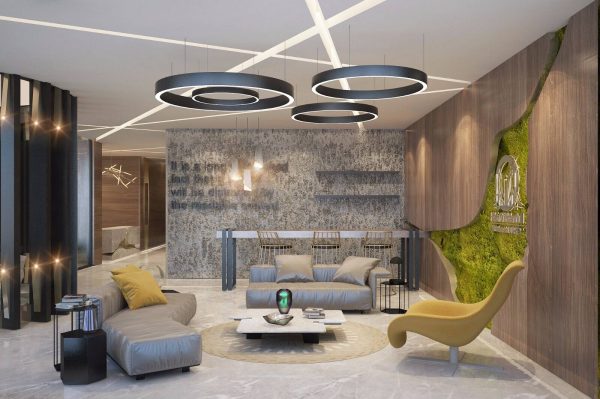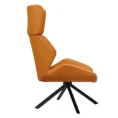The modern workplace is not just a collection of desks and chairs; it’s an environment carefully crafted to enhance productivity, collaboration, and overall well-being. A crucial aspect of this workspace optimization is the thoughtful design of office furniture within the available space. Let’s delve into the significance of space design in office furniture and how it shapes the way we work.

1. Beyond Aesthetics: Functionality Meets Form
Office furniture is more than a visual element; it’s a functional necessity. The right combination of desks, chairs, and storage solutions should not only look good but also serve the practical needs of the workspace. Each piece should contribute to a seamless and efficient workflow, creating an environment where form and function harmoniously coexist.
2. Adaptable and Flexible: The Role of Modular Furniture
In the dynamic landscape of modern work, flexibility is key. Enter modular office furniture, a game-changer in space design. These adaptable pieces can be rearranged, combined, or scaled to meet the evolving needs of the office. Whether accommodating a growing team or fostering collaboration, modular furniture allows for a customizable and responsive workspace.
3. Ergonomics for Employee Well-being
Space design extends beyond arranging furniture; it includes the ergonomic consideration of each piece. Comfortable seating, adjustable desks, and proper lighting contribute to a workspace that prioritizes the well-being of employees. A thoughtfully designed space that cares for the physical health of workers ultimately leads to increased productivity and job satisfaction.
4. Open Concept vs. Private Nooks: Finding the Balance
The debate between open-concept offices and private work nooks continues. Striking the right balance is crucial. Open layouts encourage collaboration and a sense of unity, while private areas offer concentration and focused work. The key is understanding the specific needs of your team and creating a layout that supports both collaborative efforts and individual tasks.
5. Integrating Technology Seamlessly
In the digital age, technology is an integral part of the workplace. Space design should consider the seamless integration of technology into office furniture. Cable management solutions, charging ports, and smart furniture options can enhance the overall functionality and aesthetics of the workspace.
6. Utilizing Natural Light and Greenery
Natural light and greenery contribute significantly to a positive and energizing atmosphere. Space design should incorporate these elements, positioning workspaces to take advantage of natural light sources and integrating indoor plants strategically. This not only enhances the visual appeal but also fosters a healthier and more inspiring work environment.
7. The Psychology of Color in Office Spaces
Colors have a psychological impact on mood and productivity. Thoughtful color choices in office furniture and decor can influence the overall vibe of the workspace. Blues and greens can promote calmness, while pops of energetic colors may encourage creativity and innovation. Understanding the psychology of color can guide decisions in space design.
Conclusion: Designing Tomorrow’s Workplace Today
Space design in office furniture is an art and a science that goes beyond mere arrangement. It’s about creating an environment that aligns with the needs and values of the workforce. A well-designed workspace not only enhances efficiency but also contributes to a positive company culture. By prioritizing functionality, adaptability, and employee well-being, you can craft an office space that sets the stage for success in the ever-evolving world of work.






